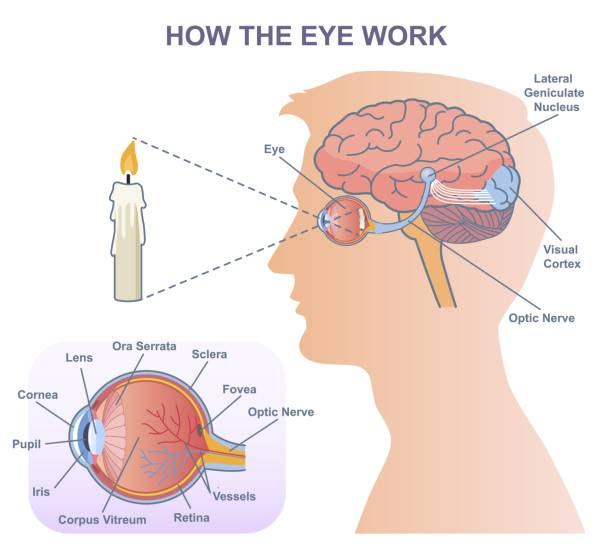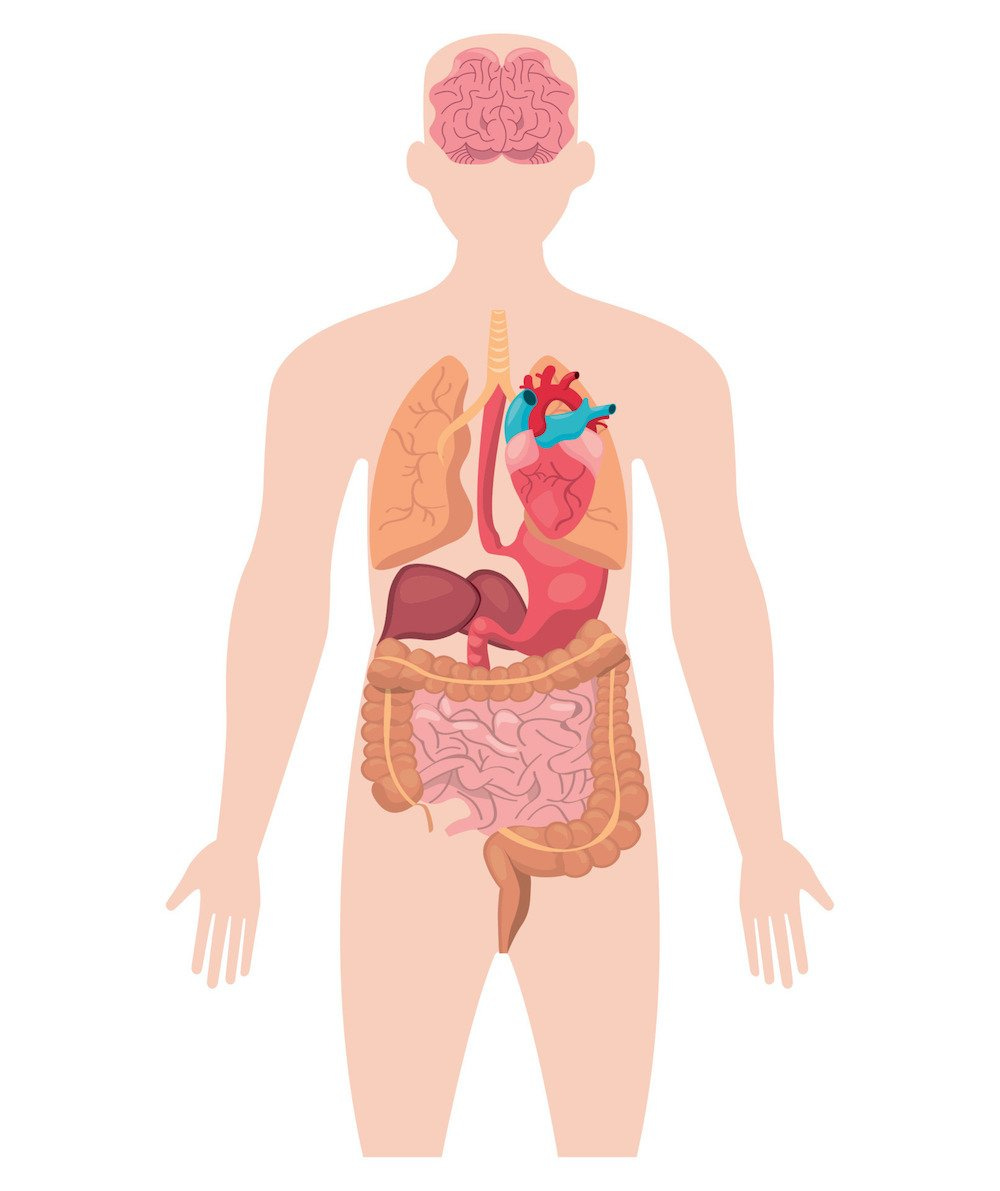What Do My Eyes Have To Do With My Posture? Or My Pain?
A Common Question Answered: The Hidden Role of Vision in Posture and Pain
One of the most common questions I get—especially from people new to exploring deeper connections in health—is, "What do my eyes have to do with my posture?" At first glance, it might seem unrelated. After all, we tend to associate posture with muscles, bones, or habits—not our eyes. And when it comes to pain, many assume it’s just the result of poor posture or an injury. But when you look at the body as an interconnected system, the link between vision, posture, and pain becomes much clearer.
The Brain, Vision, Posture, and Pain: A Complex System
Your brain operates as a "command center," constantly processing input from various sensory systems to determine how to position and move your body. Vision is one of the most critical systems in this process because it provides spatial information about your environment, helping your brain make real-time adjustments to maintain balance and alignment.
When your visual system isn’t functioning optimally—due to misalignment, poor focus, or other issues—your brain may compensate by altering your posture to feel more stable. For example, if your eyes aren’t properly aligned, you might tilt your head, round your shoulders, or shift your weight unconsciously. Over time, these compensations can lead to chronic muscle tension, joint strain, and pain.
But here’s the kicker: pain itself can be your brain’s way of signaling that something feels unsafe, whether that’s from a physical injury, poor posture, or even stress. The connection between posture and pain is inseparable, and vision often plays a central role in this relationship.
How the Eye Sees and Sends Visual Information to the Brain
The process of seeing involves a sophisticated system that converts light into electrical signals for the brain to interpret. Here’s a quick breakdown:
Light Enters the Eye
Light reflects off objects and enters through the cornea, which bends the light to help focus it.Pupil and Lens Adjust Focus
Light passes through the pupil, controlled by the iris. The lens fine-tunes this focus, directing light onto the retina at the back of the eye.Light Reaches the Retina
The retina, lined with light-sensitive cells (rods for low light and cones for color), converts light into electrical signals.Signals Travel Through the Optic Nerve
These signals are sent to the brain via the optic nerve, where they partially cross at the optic chiasm, enabling the brain to integrate information from both eyes.The Brain Interprets Visual Data
Signals reach the primary visual cortex in the occipital lobe, where the brain reconstructs the image and interprets details like depth, color, and movement.
The visual system doesn’t just create images for us to see—it also helps your brain determine how to orient your body in space. This process relies on seamless communication between your eyes and brain. If any part of the pathway is compromised, such as misalignment in the eyes or incorrect visual input, your brain may compensate by altering posture to maintain balance and stability. This is how vision directly influences physical alignment and movement patterns.
Understanding how the eye and brain work together to process visual information is key to appreciating how visual health can impact overall physical health, including posture.
How Vision Influences Posture and Pain
Posture
Your visual system is directly linked to how your body maintains balance and alignment. Misalignments or dysfunctions in vision—such as poor depth perception, blurry vision, or eye strain—can lead to compensatory movements. These might include:
Tilting your head or neck.
Rounding your shoulders.
Shifting your weight unevenly.
Over time, these compensations may lead to muscle imbalances, restricted movement, or chronic tension, all of which can create or exacerbate poor posture.
Pain
Pain is often misunderstood as purely physical damage, but it’s also influenced by your brain’s perception of safety. If your visual system isn’t providing clear, stable information, your brain might respond by increasing tension in certain muscles or even amplifying pain signals as a protective mechanism.
Chronic Neck and Shoulder Pain: Misaligned vision often causes the head and neck to compensate, leading to tightness and discomfort.
Headaches and Eye Strain: Poor focus or visual misalignment can create tension in the surrounding muscles, contributing to frequent headaches.
Lower Back Pain: Compensations in posture can cascade down the spine, affecting how your pelvis and lower back align, creating pain over time.
Adding to this, our bodies are inherently asymmetrical, both in structure and function. For example:
The diaphragm on the right is larger, stronger and attaches lower to the lumbar spine the right side.
The liver (a large, dense organ) sits on the right, creating a natural weight imbalance.
The right lung has three lobes, compared to the two on the left, further contributing to this asymmetry.
These built-in asymmetries naturally bias us into certain positions and movement patterns. If left unmanaged, these imbalances can compound over time, leading to poor posture and chronic pain. When visual dysfunction—such as poor depth perception, eye misalignment, or even an incorrect prescription—is added to the mix, it can exacerbate these inherent asymmetries, driving further compensations and discomfort.
Understanding and addressing both your body's natural imbalances and visual system challenges is essential for breaking this cycle of poor posture and pain.
Bringing It All Together
Vision plays a critical role in how your brain determines your body’s position and balance. When there’s visual strain, misalignment, or even the wrong prescription, your brain may compensate by shifting your posture, which can amplify the effects of your body’s natural asymmetries—like a larger diaphragm, heavier liver, and additional lung lobe on the right side. These compensations, if unmanaged, can lead to chronic tension, discomfort, or movement issues.
By understanding how vision, natural asymmetries, and posture are interconnected, this common question—"What do my eyes have to do with my posture or my pain?"—becomes clearer. This connection is an essential piece of the bigger picture, helping us better understand how the body functions as a whole.
Keep Learning,
❤️Aleena
*I practice Postural Restoration®, which has given me the education to be able to work with optometrists to address how vision impacts posture and movement. I offer integrative vision appointments in NYC! You can book an appointment directly through this link: Book Here.
*My RootedWell Advanced Platform will continue to share more clips and videos diving deeper into the concepts discussed in this article. You can explore more at RootedWell Platforms.






